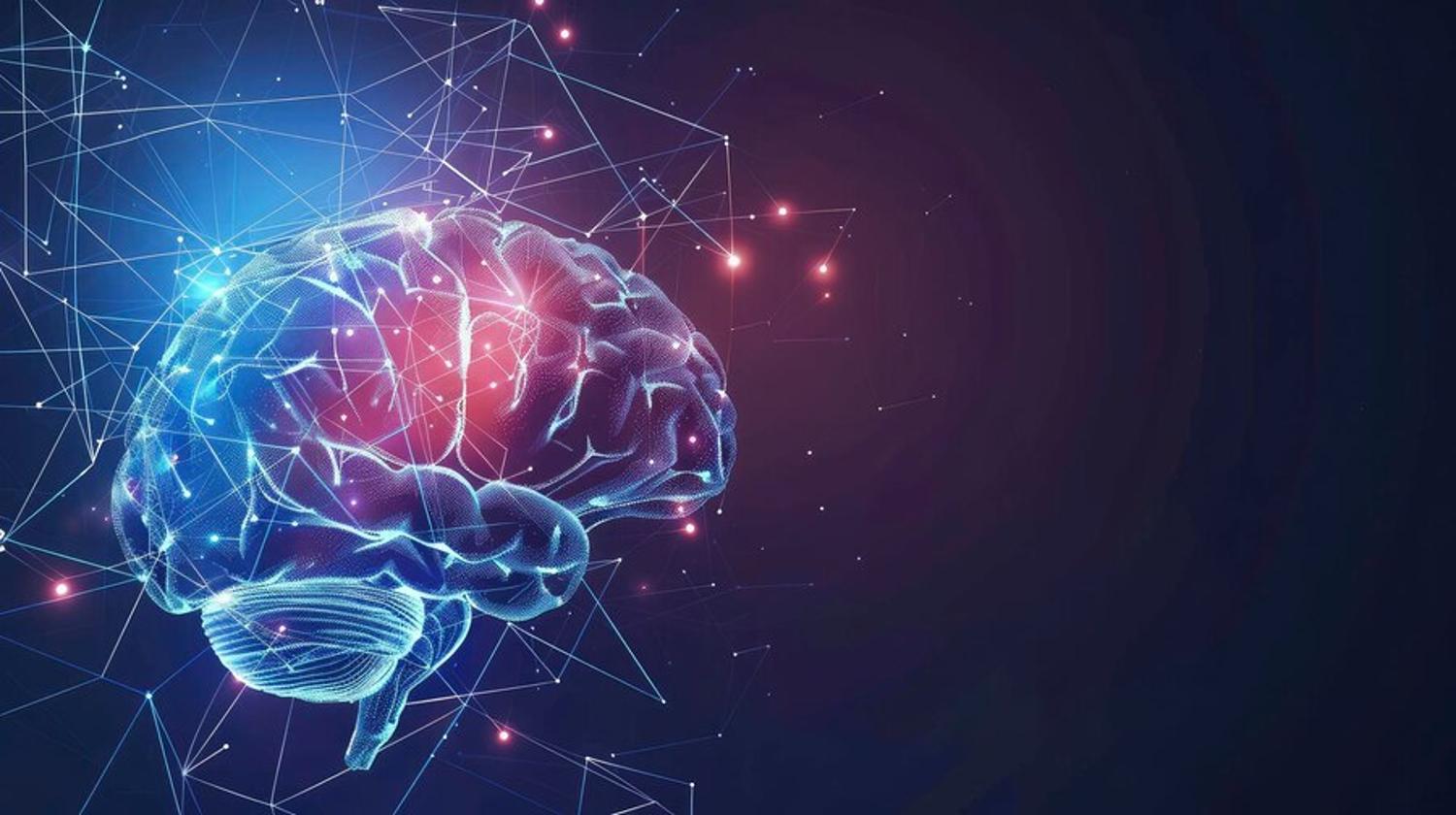Researchers understand the cellular biology of the human brain relatively well, but they don’t have a theory that explains how the brain actually works.
This has been something researchers have been working on for decades, with an interesting new discovery that reveals our brains might be even more powerful than we realized.
Finding a New Signal

In 2020, researchers from institutes in Germany and Greece reported that a mechanism in the brain’s outer cortical cells can produce a novel “graded” signal on its own.
This is impressive because that single could provide individual neurons that provide another way to carry out their logical functions.
The Discovery

This discovery was made after researchers measured the electrical activity in sections of tissue removed during surgery on epileptic patients. Analyzing the structure of this tissue through fluorescent microscopy, neurologists were able to discover individual cells in the cortex.
These cells were not using the usual sodium ions to “fire,” or carry on their known functions, but they were using another substance: calcium.
Introducing a New Brain Wave

This combination of positively charged ions kicks off voltage-charged brain waves that researchers have never seen before. Now, researchers are naming them calcium-mediated dendritic action potentials, or dCaAPs.
This electrical voltage can carry out various operations in the brain. Think of it as a flow of electrons in a computer through intersections called transistors. While we don’t have transistors in our brains, we can have dendrites.
What are Dendrites?

Dendrites are the receiving or input portions of a neuron. They are usually short, narrow, and highly branched structures that resemble a tree extending from the cell body of the nerve cell.
The main function of dendrites is to receive information from other neurons or the environment around them through chemicals called neurotransmitters.
Computer Brains

Brains have often been compared to computers, especially human brains. This is because our brains often work like computers on some levels, performing tasks in similar ways.
Our brains can send electrical signals in and we get electrical signals out. While our brain is “green” and powered by energy our bodies produce, it generates a tremendous amount of computational output with very little power.
Dendrites Are Essential to the Study

“The dendrites are central to understanding the brain because they are at the core of what determines the computational power of single neurons,” Humboldt University neuroscientist Matthew Larkum told Walter Beckwith at the American Association for the Advancement of Science in January 2020 (via Organically Human).
Without these little stoplights in our brains, the cells cannot function. Unfortunately, we cannot repair or replace these neurons.
The Cortex of the Research

Arguably, the outer section of the human central nervous system, or the cerebral cortex, is the most complex part of the brain. This dense, wrinkled part of the nervous system houses a thick layer packed with branches.
These branches carry out high-order functions that we associate with sensation, thought, and motor control.
A “Eureka” Moment

Researchers behind the study found the first of its kind of signal in tissue pulled from the thick layers of the cerebral cortex. Using a device called a somatodendritic patch clamp, the team was able to send signals up and down each neuron and record their signals.
“There was a ‘eureka’ moment when we saw the dendritic action potentials for the first time,” said Larkum.
Is It a Blip?

One of the pressing questions of the study was whether or not these signals were unique to people with epilepsy, as this is where they pulled the tissue from.
After double-checking their results with a handful of samples taken from brain tumors, the team was able to observe that this signal was not an isolated phenomenon to those with the disorder.
Uniquely Human

The team carried out a similar experiment that echoed the one that helped them find this new single in a group of rats. However, the kind of signals found were very different from the ones found in humans.
Dosing the cells with a sodium channel blocker called tetrodotoxin did not stop the signal. The signal stopped only when researchers added calcium to the mix.
More Research

Researchers need to conduct more studies to see how dCaAPs behave across entire neurons and in living systems. They also aim to determine if this new signal is uniquely human or present in other highly intelligent creatures.
As technology advances research on our nervous systems, it is exciting to see the human brain continue to be studied and explored. Maybe one day we will know what makes our brains function the way it does.








































